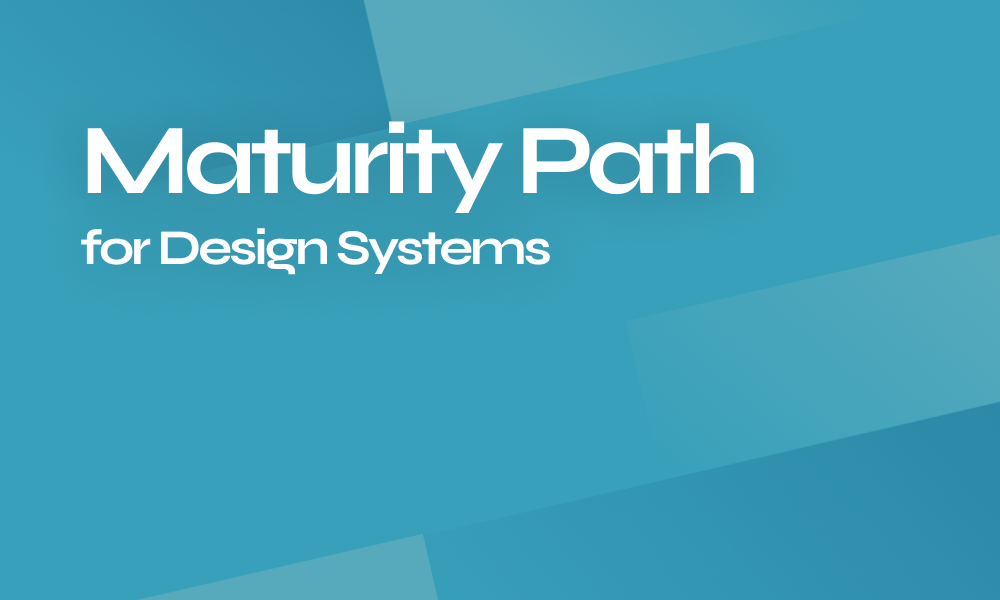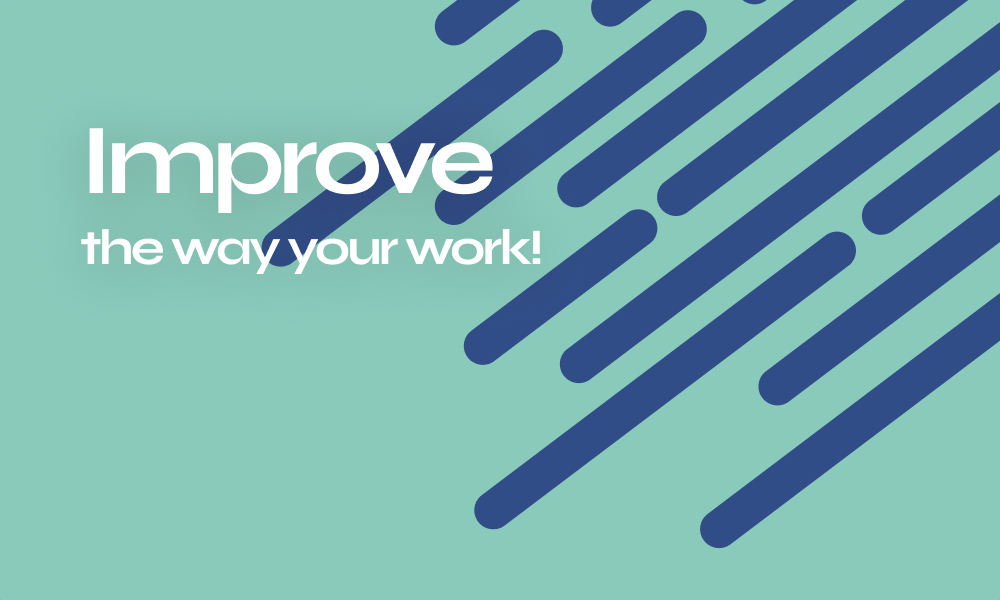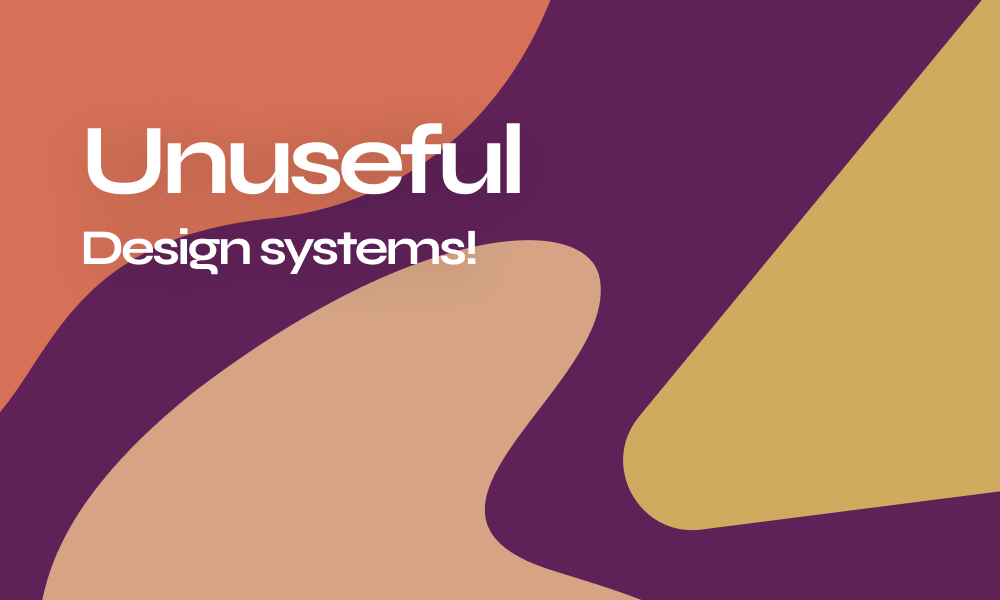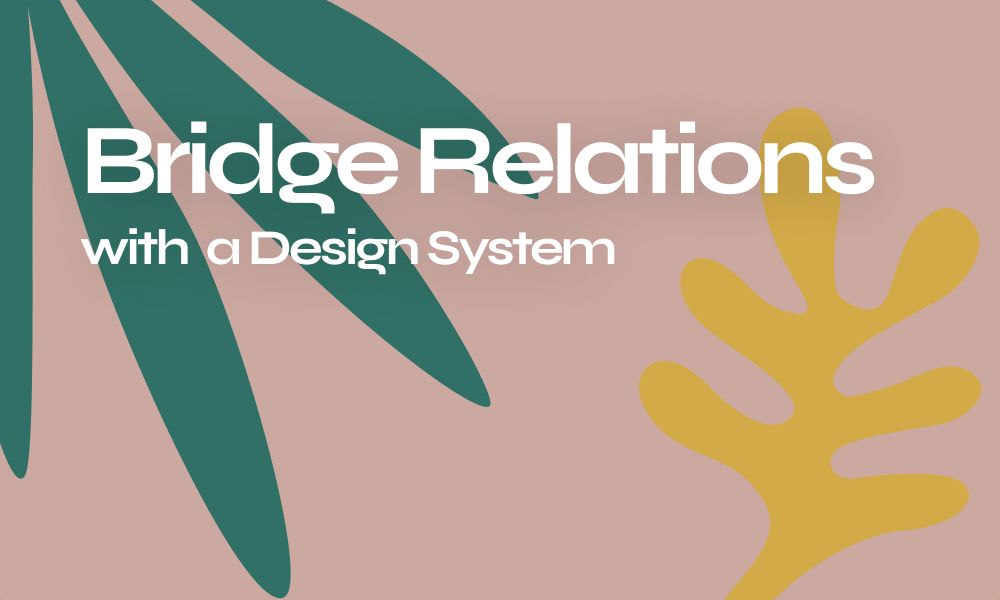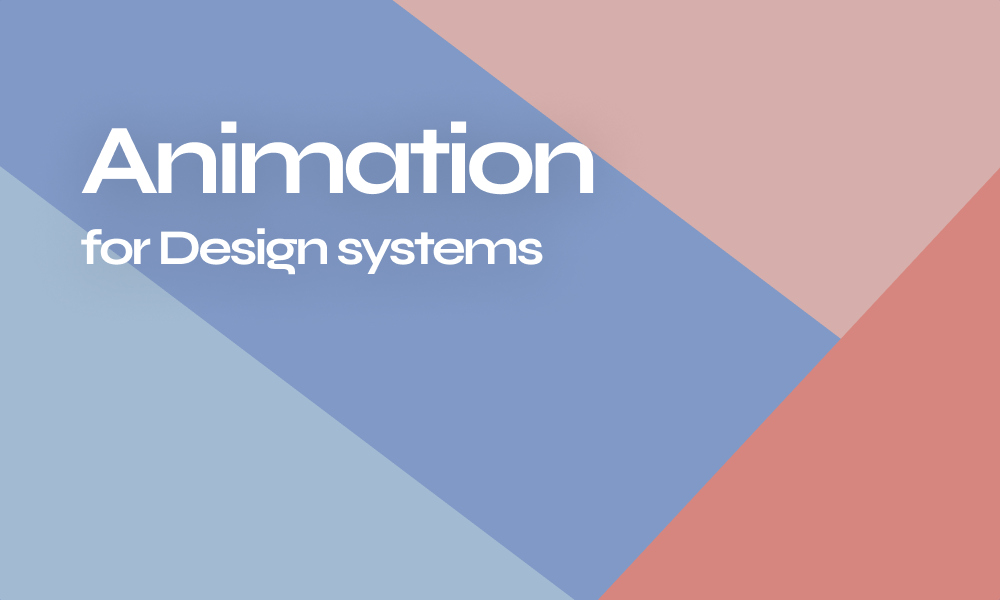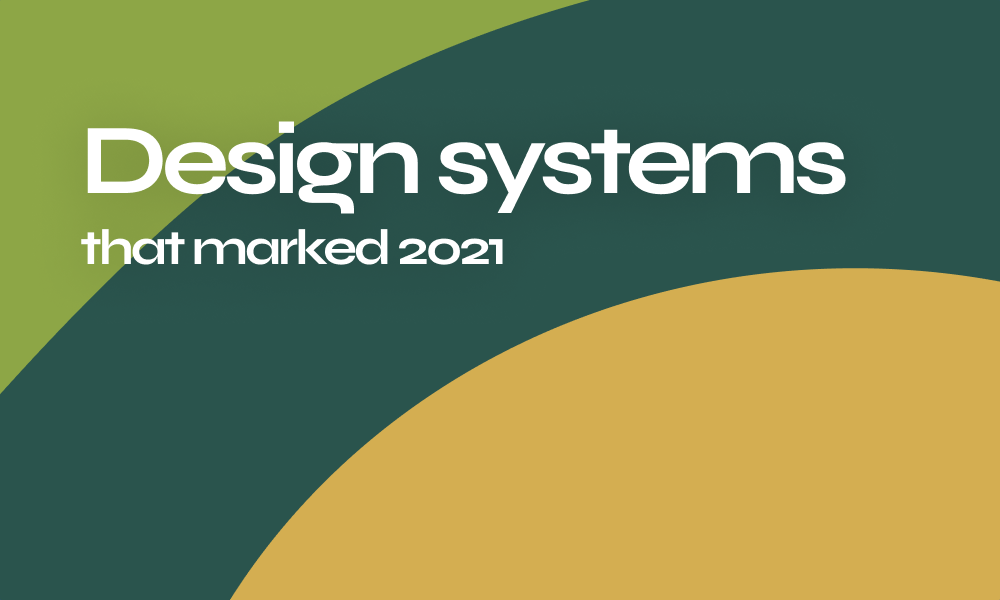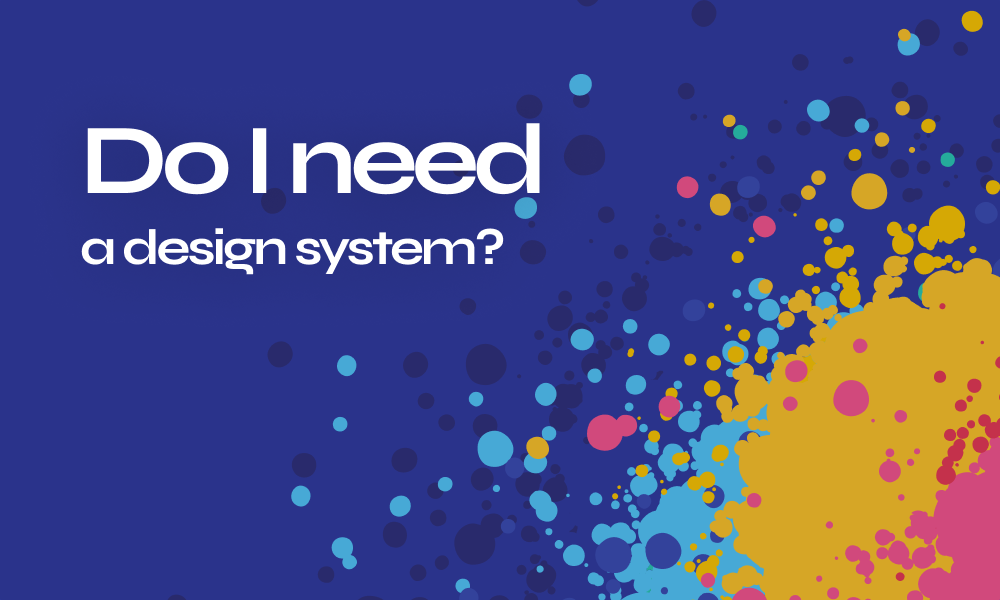
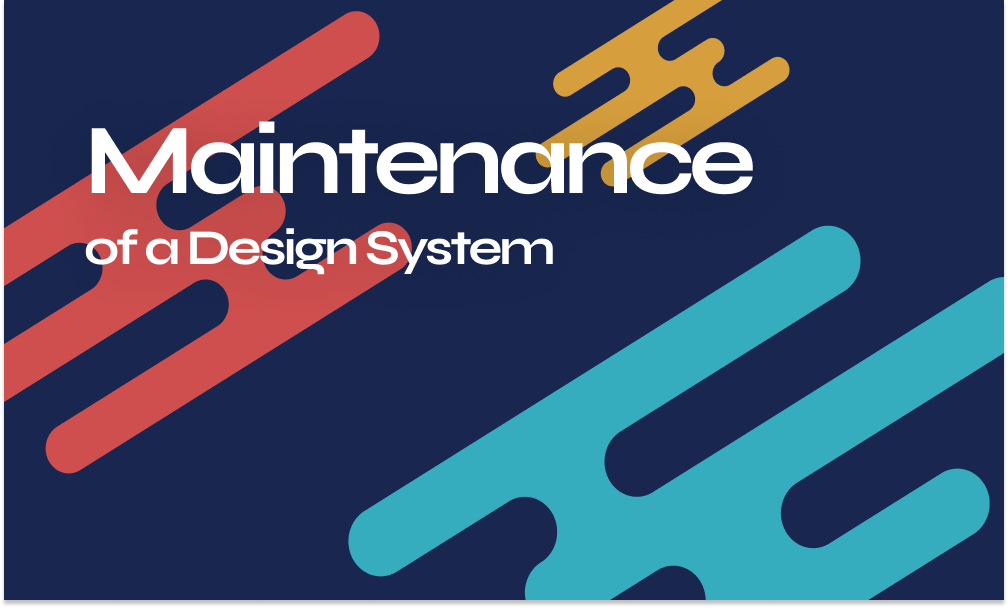
When an organization decides to adopt a design system they are approaching a modeled progression in their work and certainly expecting a major positive impact to be fulfilled. Well, Design systems were made to be nothing less than impactful on adaptive organizations and end-users.
In previous blogs, we discussed basics such as what is a design system? How beneficial is it? And how does it operate?
Yet A successful design system is well implemented and well maintained one that fulfills the role of team player into accelerating the design process and creating more consistent user interfaces and experiences
This article holds practical recommendations to well manage a design system and how to guarantee its long-term success within an organization.
Setting the right conditions to adopt a design system
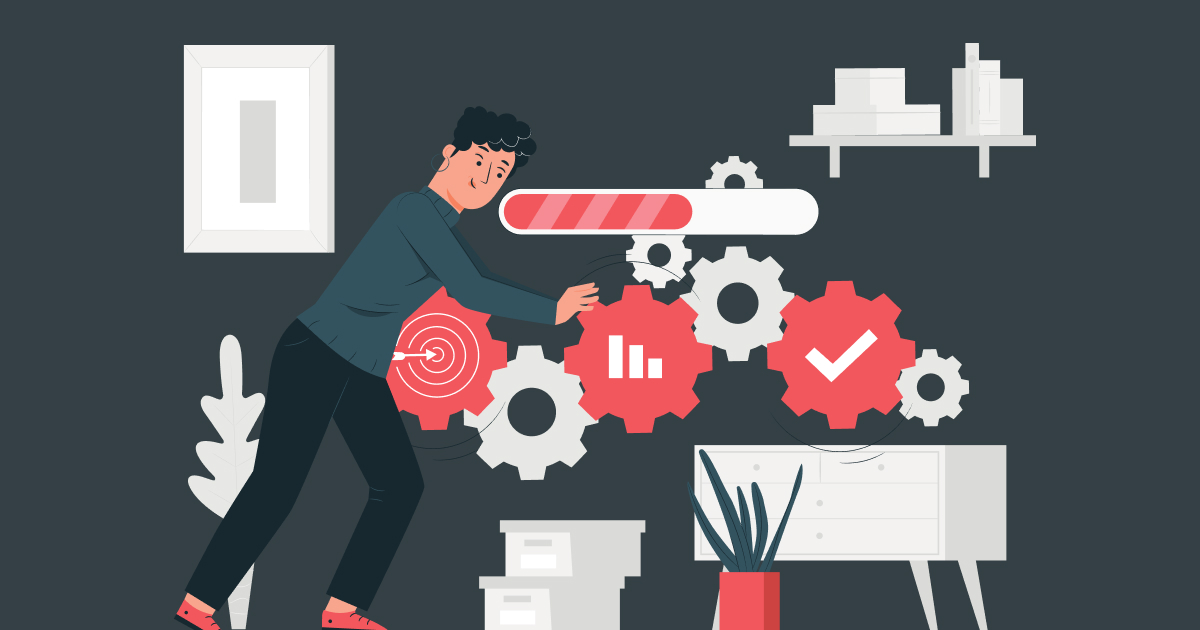
Design Systems are a big project to initiate. It is hard to imagine how many hours of work and how much budget it costs to create one but it is 100% worth it. You can always think of building your own design system but you can also skip all the burden by benefiting from existing ones.
It took months to build the vision we wanted to create with Arsenic design system to help teams and organizations design more efficiently than ever by providing best practices to lead teams throughout the design process and adequate components and patterns accordingly with every typology of a digital product.
What is important is to encourage your team to react to the positive change and help them with the design system induction phase. It might take time to accept and operate smoothly with the new system but sure results and offered solutions will pay off faster and with high consistency. People will surely welcome the system precisely once they find it to be valuable to their work.
The required steps to well adapt a design system are:
Setting a vision statement
What shared vision are you looking for? Where are you aiming to go with your design system? What impact are you expecting in years?
Establish your goal design guidelines
What defines a good design according to your vision? What process will guide you to achieve that design?
Arsenic Design System eliminates subjective ideals and sets clear standards that help team members make user-centered design decisions.
GET BUY-IN FROM STAKEHOLDERS
Not only your team members should buy the idea of enhancing the design process with a design system but stakeholders need to buy it as well and understand that the system is there to solve real design problems.
Set a solid foundation for the design system
you need to set a solid foundation for your design system. Again, you don’t need to start from scratch. www.cohort.com has made pixel-perfect UI kits elevating sketch and adobe xd, especially for design systems. The kits include all of the basic components you need to start designing at scale, such as buttons, inputs, search, tabs and ready to use interface design..etc
Encouraging teams to establish a communicative environment

The first aim of implementing a design system is enhancing communication and cross-departmental collaboration between different involved teams.
Team members should use the design system on a regular basis in order to build better communicative bridges and learn to solve collective problems systematically. Invest in creating a new culture in your team early to help them adapt faster to the change.
Establish a common design language
A common language that is understood by everyone is fundamental to successful collaboration. A shared language allows team members to follow the same approach when labeling new components and interface elements to avoid confusion.
Establish a specified communication channel
Once the design system is being used in product design, it’s vital to communicate changes and updates to the entire organization. A Communication channel dedicated to the design system is a key to improve communication and create an update system within the workflow so whenever someone pushes updates to the design system, the team gets notified in the channel.
Conducting regular inventories

Conducting an interface inventory helps the team identify which components need enhancement, identify problems and areas that need attention.
Eliminate duplications
Duplication of design elements leads to inconsistency. Identifying duplication of design elements helps a team to avoid waste of time.
Invest in creating more reusable components
Design systems are not about creating single-use cases only it is a way to accelerate design processes by creating reusable smart components that are flexible and scalable. You should invest in creating components that are
- Modular (independent)
- Composable (possible to combine)
- Customizable (adjustable according to the use case)
Analyzing how people use your design system
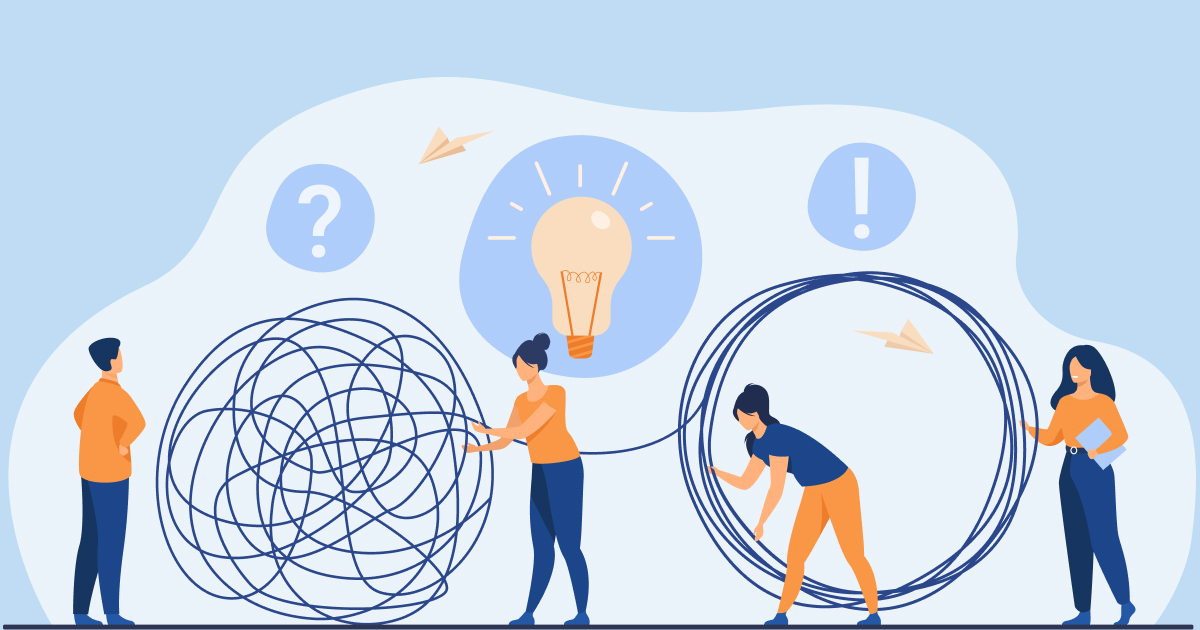
A design system is made by designers for designers and is meant to be managed by a team
Read more about Who will use your design system?
If you’ve just started incorporating a design system into your organization’s design process, it is important to conduct a series of interviews to understand how people use it and their feedback. User journey mapping helps you better understand the user’s experience.
Establish a design system governance system
A design system should be governed. Clear roles should be given to different team members
- Who approves changes
- Who handles requests for new components
- Who uses the feedback system
- etc
Identify a design system team model
The organization of a design system is really important to its scalability.
There are many models to handle a design system choosing the right working model will make work effortless and collaboration well succeeded.
Here are the main models
The Solitary team model
It is an overloaded, solitary model that practices a solo approach. It has validity in certain situations. When we say solitary we mean one single team that exploits the design system to primarily serving its needs. This model is considered poor yet it is still useful for teams whose problems are partially handled by existing systems. A solitary team’s primary motive is inward on their own product.
The centralized team model
This model provides full support to the system by centralizing decision making and helping other teams learn and apply systems in order to serve many products with equal chances, identify opportunities, setup practices, and processes to validate any design.
Ultimately, a centralized team can provide a great service and create value in efficiency, consistency, and capacity.
The Federated team model
This model works on prioritizing certain projects over others by filtering talent and assigning the best designers for the most important products. It operates like a committee that judges per project. And so Designers from multiple product teams decide on the system together, making collectively agreed decisions that are beneficial for work, limit individual perspective, and bring relevance to many projects. Mature teams overcome differences for enabling perspectives and respect for the most experienced individuals.
Let your team explore their creativity boundaries
One of the main goals of a design system is to extend creative direction. The system should give designers and developers the freedom to explore various approaches before they select one to follow. Keep the integration flexible.
Keeping up with processes

Setting a clear timeline for every procedure
Define clear timelines for new components, code reviews, and other procedures.
Testing design decisions and measuring progress
A design system is a product itself. Adapting a new product takes decision and result tracking and analysis. You should regularly conduct
- Functional testing
- Visual regression testing
- Manual and automated accessibility testing
Define key metrics, and track them with each release.
Keep all documentation up to date
Documentation and standards are what qualifies a design system as it helps with a better understanding of which projects need cleanup work, which projects may need new components and a general snapshot of design adoption. All the documentation should be automatically updated when a component changes. This should include both visual references and code samples.
Take Arsenic as your next team player and benefit from exclusive features
Arsenic Design System is a methodology, a path, and a comprehensive guide for project design that facilitates and shortens the design process and allows involved teams to collaborate better.
Our team always believed that consistency in design isn’t something you add when you finish designing, it’s a whole mindset and a process, to meet user expectations and so we developed the Arsenic Design system method for powerful digital product designs.
This is how it works:
- Integrate Arsenic in your design process
- Allow involved teams to collaborate
- Use cohort ready-to-use UI kit library or Create your own functioning UI components and patterns
- Leverage Arsenic detailed toolbars to fully control discernible components

